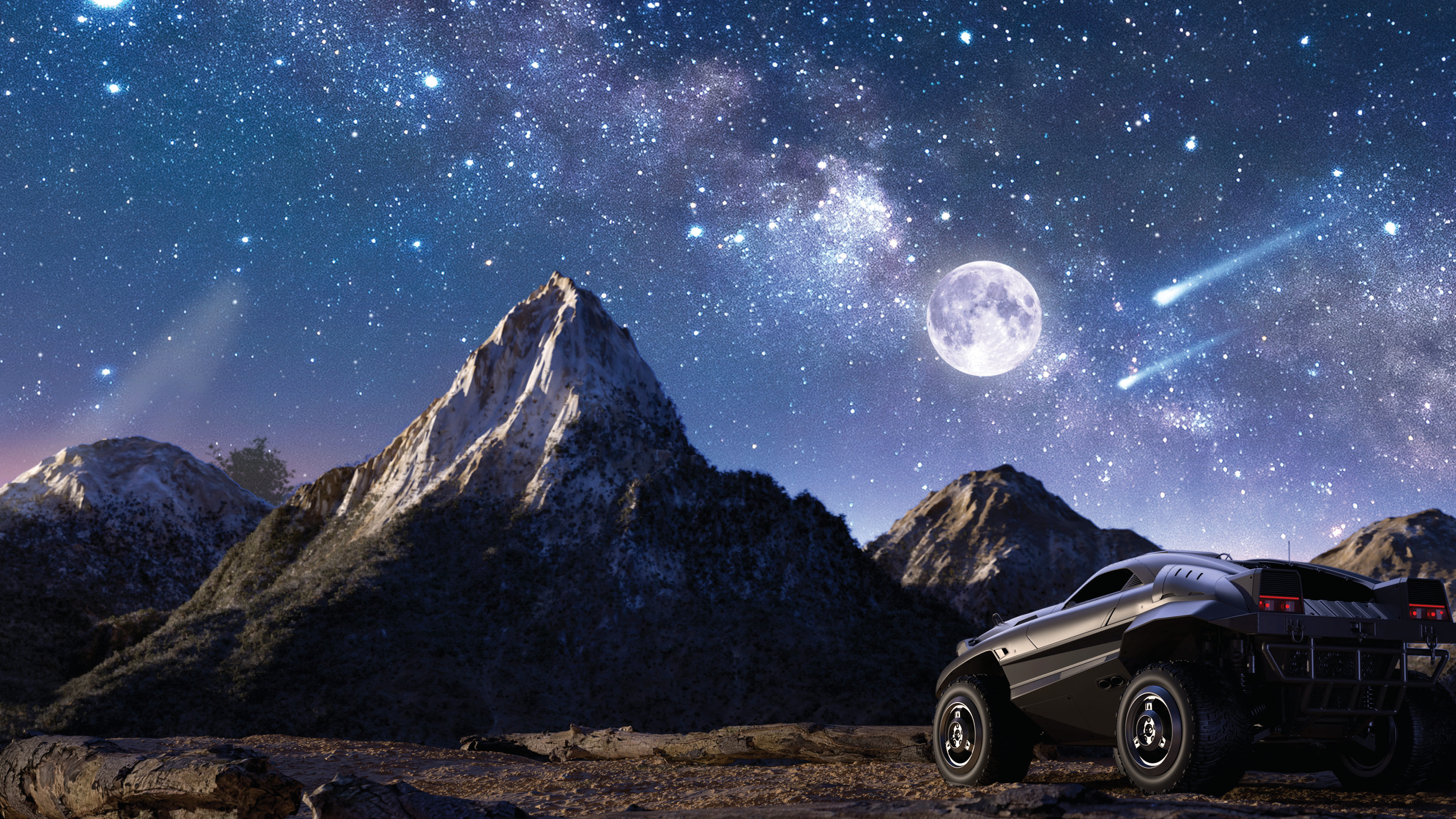Best cartoons of the 1970s – from The Lord of the Rings to The Rescuers, filmmakers pick their favourite animated movies
Disney had competition from Hayao Miyazaki, Ralph Bakshi and the rise of rotoscope animation.
The best cartoons and animated movies of the 1970s embraced change and experimentation. In this feature today's animators and filmmakers reflect in the animation of the decade that made a difference.
Fantasy and science fiction movies enjoyed a surge of interest and enthusiasm in the 1970s and animation provided a vivid, varied and inventive showcase for each genre.
Experimentation within the feature film format also characterised the 1970s animation scene, and a film like Belladonna of Sadness (1973), with its adult sensibility, illustrates this approach.
In France, genre and experimentation found a happy fusion in a science fiction movie that continues to enjoy high regard. In China, Nezha Conquers the Dragon King, a combination of anime and Chinese Communist propaganda, was hugely successful. The tradition and heritage of animation in China continues with the current release of the movie, Ne Zha 2 (now the world's most successful animated movie).
As experimental animation flourished, the production of family orientated animated movies continued. In the UK, one particular animated feature was produced and became an instant classic that’s now endured for almost half a century. In Japan, anime production continued apace and saw the arrival of Hayao Miyazaki into that space (read our guide to the best anime movies).
Below you can read what the pros consider the best animated movies of the 1970s, but for more insights read our features on the best cartoons of the 1960s and the best cartons of the 1950s.
Inspired? Then read our guide to the best animation software and begin telling your own stories.
Get the Creative Bloq Newsletter
Daily design news, reviews, how-tos and more, as picked by the editors.
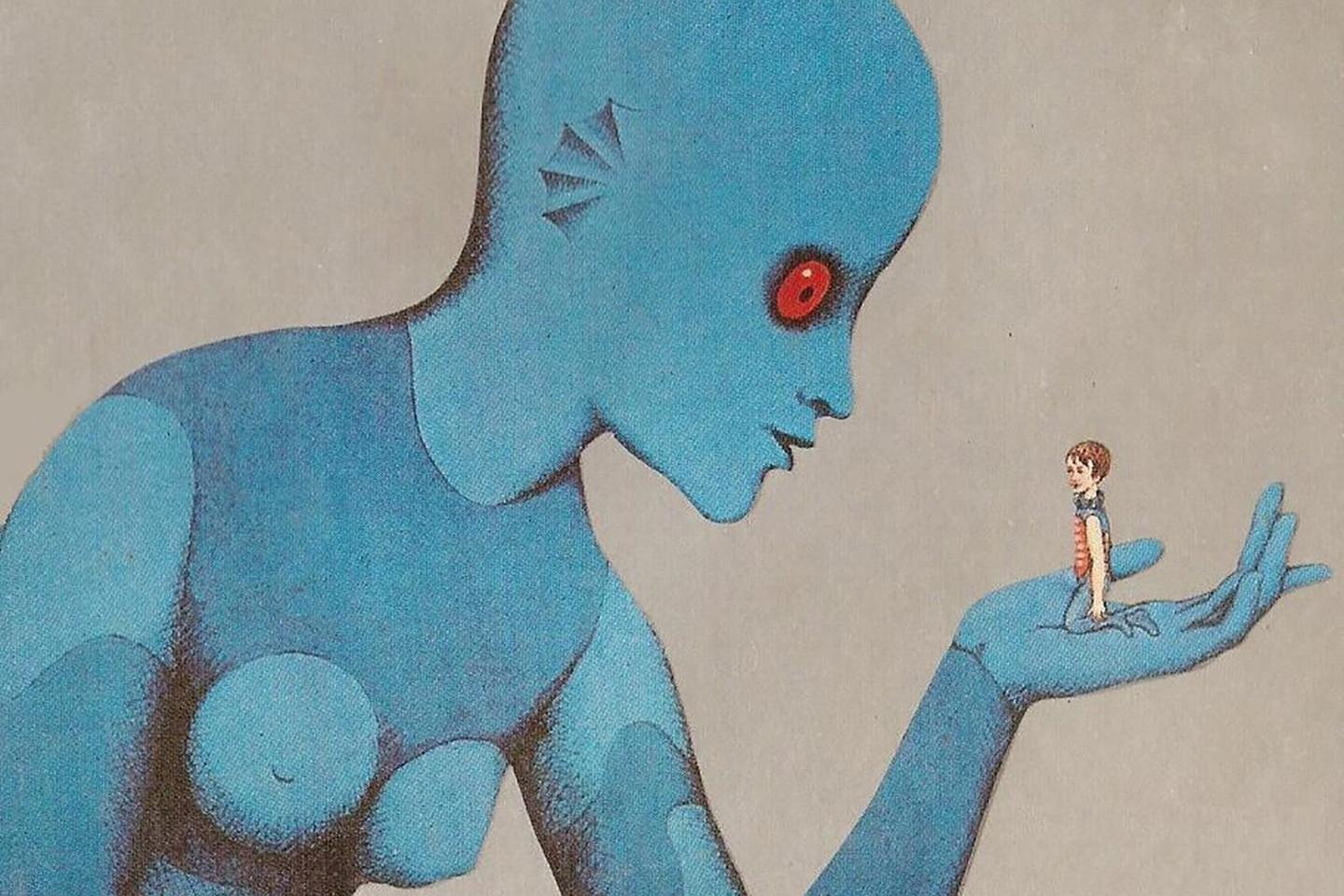
01. Fantastic Planet (1973)
Fantastic Planet was animated at the Jiří Trnka Studio in Prague. In the film The Green Knight (David Lowery, 2021), the giants are partly inspired by Fantastic Planet.
(Argos Films, 1973)
This future-set French animated feature is notable for inventive visual style and use of animation to make pointed comment about the world. Animation writer Andrew Osmond has noted the film’s “flat illustrative style” and its psychedelic visuals.
Directed by Rene Laloux, the film tells the story of resistance to oppression. Animation’s very well suited to metaphor and allegory, that’s for sure.
For animation scholar, Dr Chris Holliday, of King’s College London and Fantasy / Animation Research Network: “Fantastic Planet leans heavily into animation's capabilities for visual allegory and metaphor as a key element of its political potency, with the collection of blue humanoids populating a series of Dali-esque landscapes dripping with suggestive imagery not diverting from or diluting its narrative of violent political oppression, but rather absolutely enforcing the terms of its critique.
"The pervasive psychedelic surrealism of Fantastic Planet makes its allusions to the Soviet occupation of Czechoslovakia all the more suggestive, as Laloux and Topor exploit what is possible with animated representations to fully support its anti-fascist message."
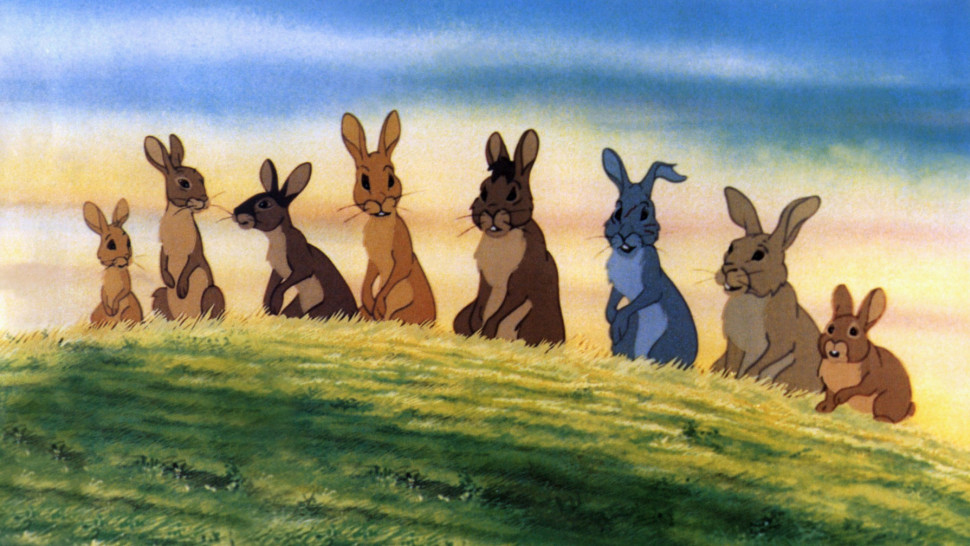
02. Watership Down
If the dramatic intensity of Watership Down appeals, and if you are interested in another animated adaptation of Richard Adams’s writing, check out the film, The Plague Dogs (1982).
(Nepenthe Films, 1977)
An adaptation of Richard Adams’ novel of the same name, Watership Down has certainly become a classic and was produced during a period when British animation was lying quite fallow.
The film’s original director John Hubley was removed for slowing the pace of production by exploring too much experimentation.
Dr Catherine Lester, animation scholar in the Department of Film and Creative Writing at the University of Birmingham, offers this comment about Watership Down’s distinct and engaging environment work, explaining that its "use of colour becomes most excessive during moments of danger and unease, where surreal, nightmarish imagery ruptures the comparatively muted palette of the natural landscape."
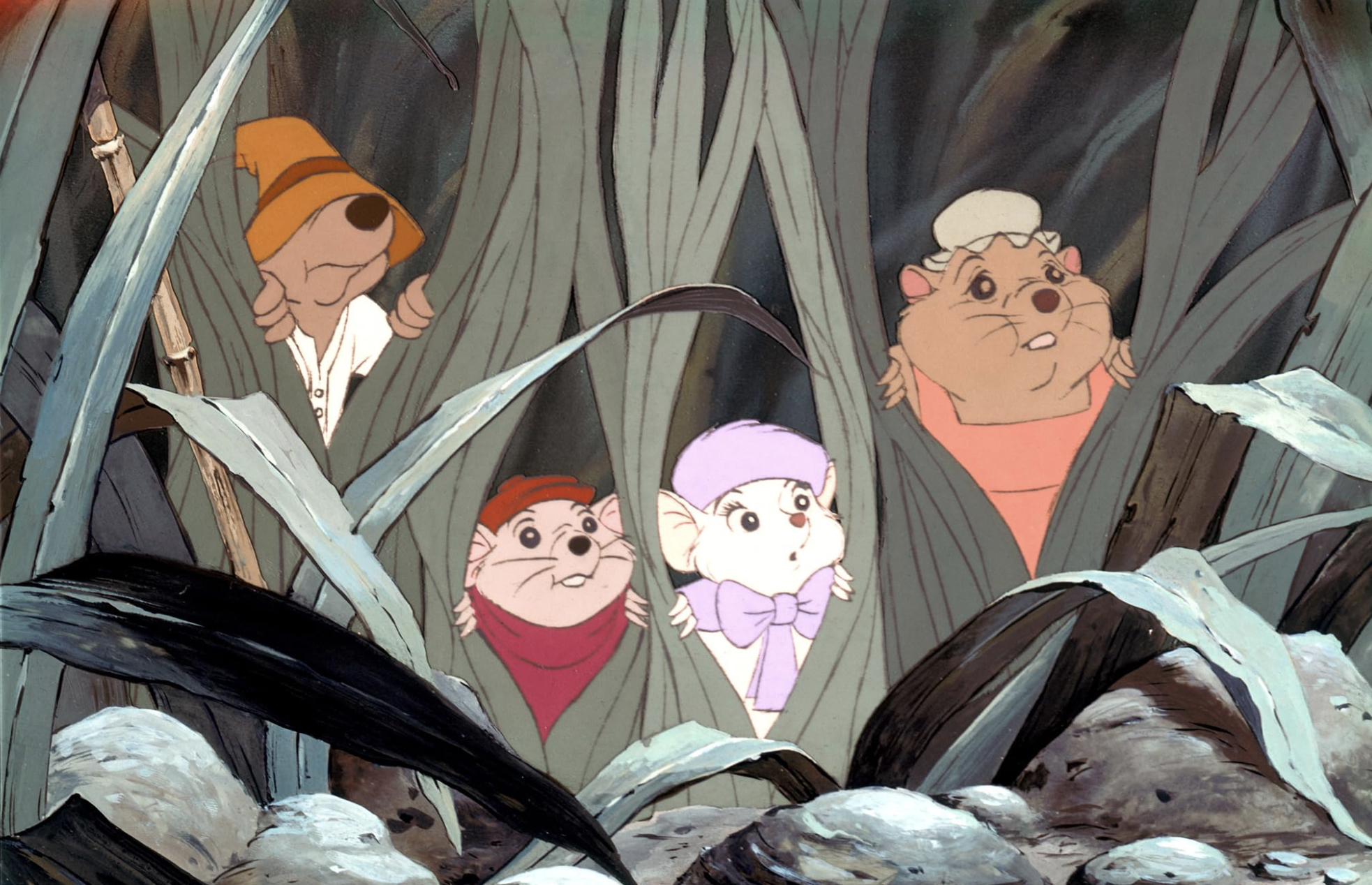
03. The Rescuers
The Nine Old Men was a collective term for a team of animators who had begun their careers with the Disney studio in its earliest production years of the 1920s and 1930s. By the 1970s, the work and example of The Nine Old Men informed the work of animators such as Don Bluth, Richard Williams and Brad Bird.
(Walt Disney Animation Studio, 1977)
A major Disney animated release that came along in the decade immediately after the death of Walt Disney, The Rescuers proved popular.
An adaptation of Margery Sharp’s novel The Rescuers: A Fantasy, the movie tells the story of two mice, Bernard and Bianca, who work for the Rescue Aid Society. They have to travel to the Bayou to rescue a girl named Penny who has been imprisoned by Madame Medusa.
With its anthropomorphised mice, the film stays continues a Disney animated film tradition. The Rescuers showcased the animation talents of some of Disney’s ‘Nine Old Men’, namely Frank Thomas, Wolfgang Reitherman, John Lounsbery, Milt Kahl and Ollie Johnston, each working towards the end of their respective careers.
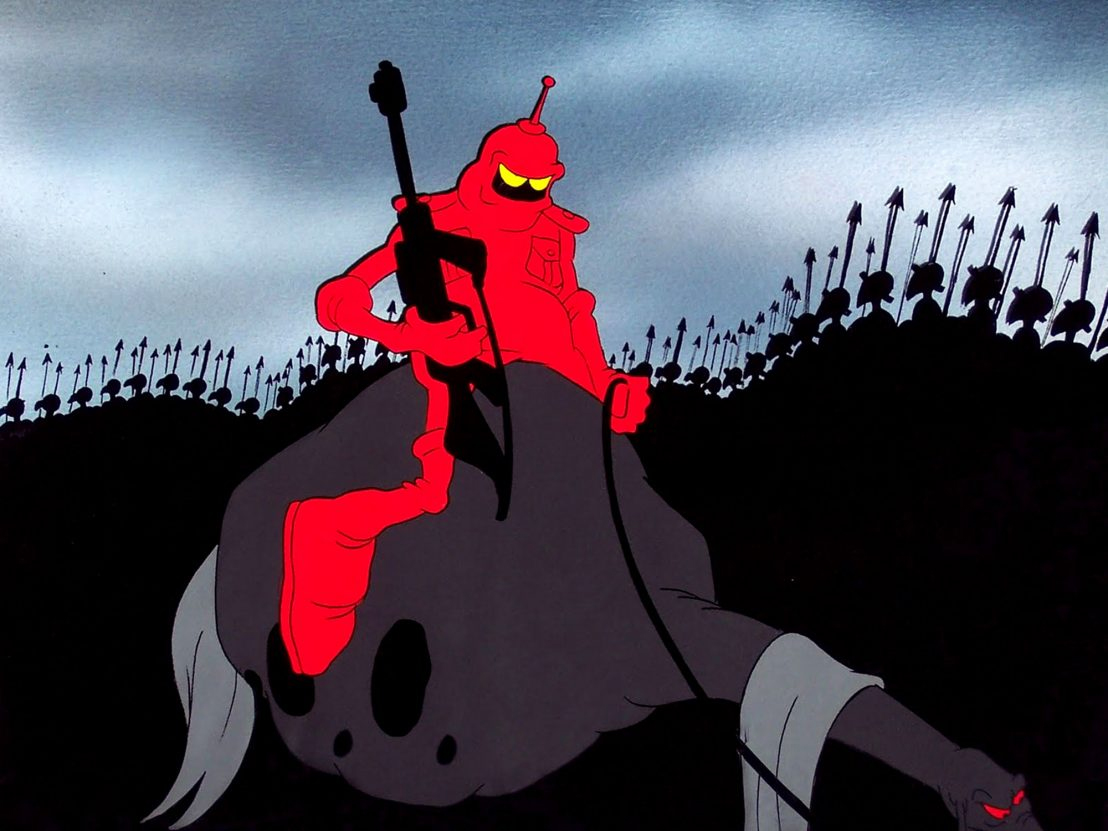
04. Wizards
Mark Hamill voices the character of Sean the fairy. The film was Hamill’s feature film debut, just three months before he starred in Star Wars. Ralph Bakshi went on to direct films including Fire and Ice (1983) and Cool World (1992).
(Ralph Bakshi, 1977)
Wizards was released in February 1977 and told a post-apocalyptic story about battling wizards who harness magic and technology. Certainly, Ralph Bakshi regarded it as an anti-war film.
Here’s Chris Kirshbaum, Animation Director at DNEG Animation, offering his thoughts on Wizards: "When all the other kids my age were going crazy for Star Wars, I found myself much more entranced by the fantasy / sci-fi of Ralph Bakshi's Wizards."
He continues: "It was the first movie that really set my tastes for animation and filmmaking, and I have been enthralled by movies of this type ever since. For those of us who felt like typical mainstream fare was too safe, Bakshi spoke to our more adventurous sides, and let us know that there was more to the world than just Disney."
For Dr Alexander Sargeant, Deputy Course Lead for BA Film at Westminster University: "Bakshi’s Wizards is like a punk rock band covering an opera."
Alexander adds: "It was made during a wave of counter-cultural sentiment rife throughout American society, which manifested throughout its story, its character design and its movement. Instead of embracing classicism and romanticism in the style of his predecessors like Walt Disney, Bakshi deliberately creates a world that seems about to die any second."
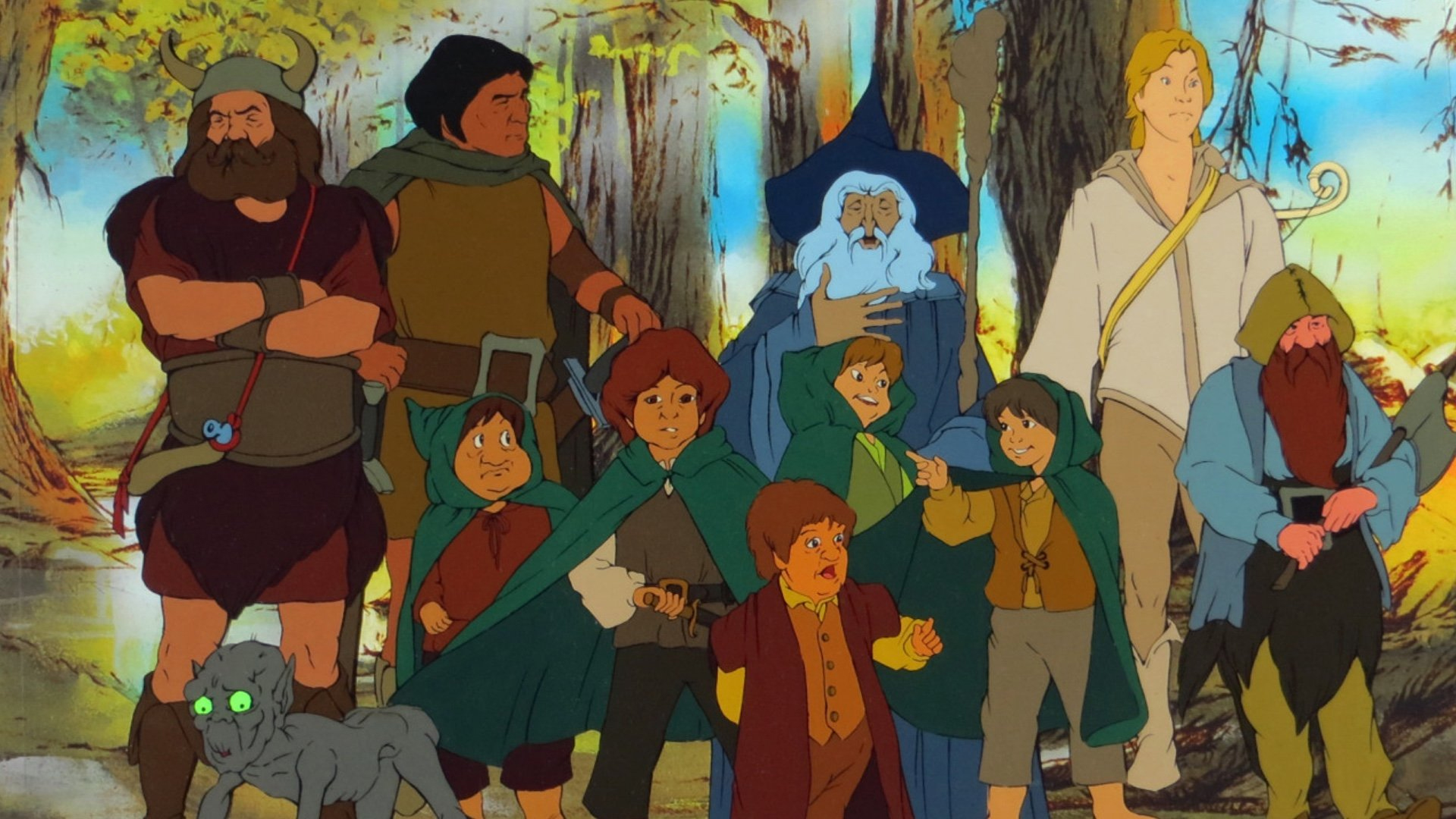
05. The Lord of the Rings
The film deploys the technique of rotoscoping, whereby live action reference footage is traced over onto an animation cel.
(Warner Bros / United Artists / Ralph Bakshi, 1979)
Ralph Bakshi followed Wizards with this adaptation of J.R.R.Tolkien’s The Fellowship of the Ring and the first half of The Two Towers. No second film would be produced to adapt the remainder of Tolkien’s epic tale.
Of the movie, Chris Kirshbaum, Animation Director at DNEG Animation says that "Just as Wizards started me on my artistic journey, The Lord of the Rings was the next step: it was the bridge between my book nerd, animation-nerd and art nerd, and solidified my lifelong love of escapist animation."
He adds: "Though it may seem dated by today's standards, this interpretation was nothing less than revelatory at the time. The Lord of the Rings stood at the nexus of sci-fi, fantasy, art and film, and was the first real indication to me of just how ambitious in scope animated movies could be.”
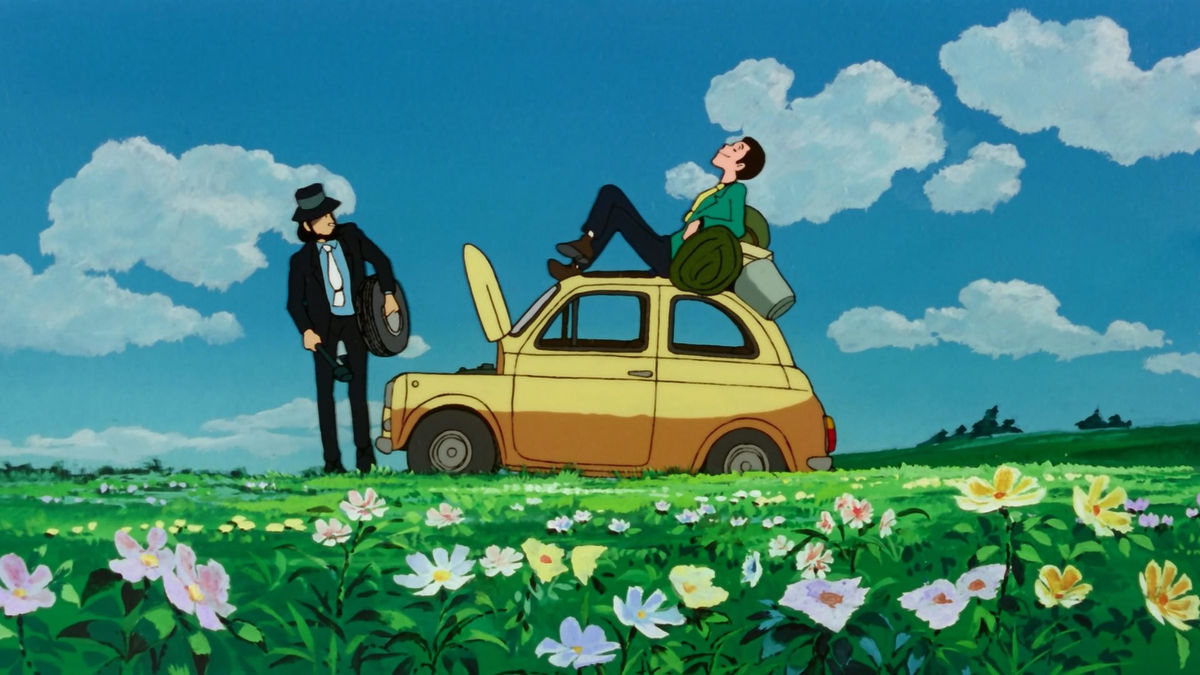
06. Lupin III: The Castle of Cagliostro
Film director Steven Spielberg has expressed his enthusiasm for the film as one of the great action films. One can only wonder if it influenced the staging of action in Spielberg’s movie, The Adventures of Tintin.
Co-written and directed by Hayao Miyazaki, in his debut as a feature film director, Lupin III is based on a series of much-loved manga. The titular hero makes our list of the best anime characters to draw.
The film focuses on Lupin III’s quest to reach the source of counterfeit money that he has stolen from a casino. Action-heavy and with expressive character animation the film endures as an action classic.
Miyazaki went on to countless more successful, beautiful and award-winning animated films, including My Neighbor Totoro, Princess Mononoke and 2023's The Boy and the Heron.
Don't miss more animation insights and news, sign up to our newsletters.

Thank you for reading 5 articles this month* Join now for unlimited access
Enjoy your first month for just £1 / $1 / €1
*Read 5 free articles per month without a subscription

Join now for unlimited access
Try first month for just £1 / $1 / €1

James has written about movies and popular culture since 2001. His books include Blue Eyed Cool: Paul Newman, Bodies in Heroic Motion: The Cinema of James Cameron, The Virgin Film Guide: Animated Films and The Year of the Geek. In addition to his books, James has written for magazines including 3D World and Imagine FX.
You must confirm your public display name before commenting
Please logout and then login again, you will then be prompted to enter your display name.
